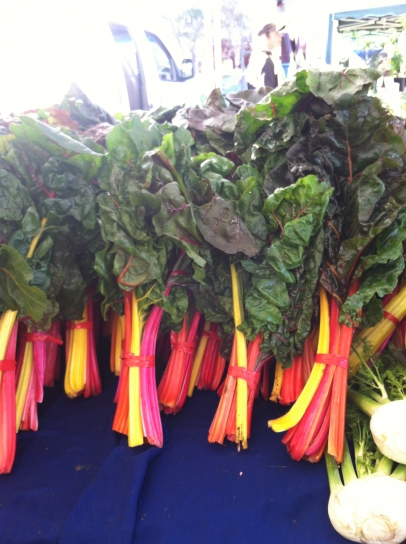8 Great Tips for Eating Healthy this Winter
1 VEGGIES. Incorporate vegetables in dishes wherever you can. It’s the most important health change you can make for 2018! For example, mix 1 cup cooked pasta with 1 cup steamed broccoli or cauliflower florets to add volume, decrease calories and add health benefits. Now top the dish with your favorite sauce.
2 HEALTHY SNACKS. Make muffins, like the Carrot and Apple Bran Muffins recipe on this page, individually wrap and freeze. In the morning, pull one from the freezer and pop in microwave for 30 seconds to warm for breakfast or for a quick midmorning snack.
3 WHOLE GRAINS. Eat controlled amounts of whole grains; they digest very slowly, which makes you feel fuller and they don’t spike insulin levels that cause inflammation/chronic disease. A serving size for most people is ½ to 1 cup cooked whole grains.
4 SOUP. Eat soups that fill you up and improve your health. Bean, lentil, vegetable and puréed vegetable soups are great ways to improve health. Instead of adding cream, use low-fat milk or unsweetened almond milk. Plus, you can make a big pot and eat it for several days.
5 SPICES. Use spices to liven up plain proteins like skinless chicken breasts. Spices add antioxidants and enable you to take recipes on a journey of global flavors.
6 SMOOTHIES. Make vegetable and fruit smoothies for breakfast or midday snacks. Blend frozen fruits with a handful of greens and non-fat Greek yogurt for a high-protein, natural probiotic shake. Or use vegetables like carrots, celery and beets with an apple and water for a satisfying, healthy drink.
7 EXPLORE! Buy a new-to-you vegetable and try a new way to prepare it. Cauliflower or carrot mash, roasted balsamic-glazed Brussels sprouts may just become your new favorite.
8 LIGHTEN UP. Revise your favorite winter comfort foods by using less oil than the recipe calls for, use lower-fat cheeses and low-fat milk instead of cream. More vegetables, fewer grains.
Small changes can really add up to helping improve your health.











